-

5-Bromo-4-chloro-3-indolyl phosphate disodium salt CAS:102185-33-1
5-Bromo-4-chloro-3-indolyl phosphate disodium salt (BCIP) is a chemical compound commonly used in molecular biology and biochemistry applications. It is a chromogenic substrate for alkaline phosphatase enzymes.
BCIP is often used in conjunction with nitroblue tetrazolium (NBT) as a substrate to detect alkaline phosphatase activity. When BCIP is dephosphorylated by alkaline phosphatase, a blue precipitate forms, allowing for the visualization of the enzyme’s presence or activity.
This compound is particularly useful in applications such as immunohistochemistry, in situ hybridization, and enzyme-linked immunosorbent assays (ELISAs) to detect the presence or localization of specific biomolecules or nucleic acids. The blue precipitate formed by BCIP provides a visible signal that assists in the identification and analysis of target molecules in experimental samples.
-
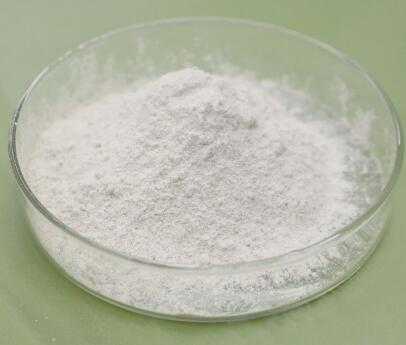
AHMT CAS:1750-12-5 Manufacturer Price
4-Amino-3-hydrazino-1,2,4-triazol-5-thiol is an organic compound with a molecular formula of C2H6N6S. It is a yellowish crystalline powder and is also known by other names such as AHHT, 4-AT, or 5-Mercapto-3-aminotetrazole.
This compound has potential applications in various fields, including pharmaceuticals, agrochemicals, and materials chemistry. It can be used as a building block for the synthesis of complex compounds or as a precursor for the formation of new molecules.
.
-
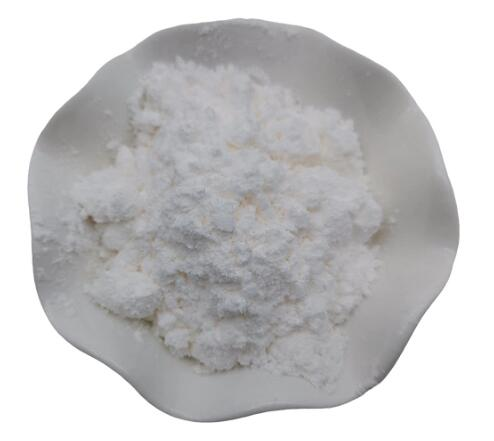
Gly-Pro p-nitroanilide p-toluenesulfonate salt CAS:65096-46-0
Gly-Pro p-nitroanilide p-toluenesulfonate salt is a chemical compound used in enzymatic assays to measure the activity of proline-specific peptidases. It consists of the dipeptide Gly-Pro linked to a p-nitroanilide group, which can be released by the action of proline-specific peptidases.
In enzymatic assays, this compound is added to a sample containing the enzyme of interest. The enzyme cleaves the bond between glycine (Gly) and proline (Pro), releasing the p-nitroanilide group. The released p-nitroanilide can be measured spectrophotometrically, allowing the determination of the enzyme’s activity.
The p-toluenesulfonate salt form of Gly-Pro p-nitroanilide provides stability and solubility in aqueous solutions, facilitating its use in enzymatic assays.
-
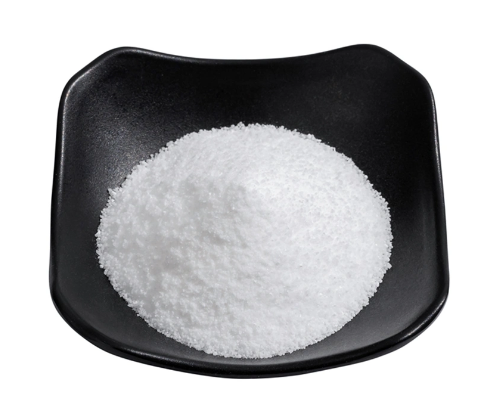
N,N-Bis(2-hydroxyethyl)-2-aminoethanesulfonic acid sodium salt CAS:66992-27-6
N,N-Bis(2-hydroxyethyl)-2-aminoethanesulfonic acid sodium salt, also known as HEPES sodium salt, is a chemical compound commonly used as a pH buffering agent in biological and chemical laboratories. It helps maintain a stable pH range, making it ideal for applications such as cell culture, enzyme assays, protein studies, electrophoresis, and pharmaceutical formulations. HEPES sodium salt ensures optimal conditions for biological processes and enhances the accuracy and reliability of experimental results.
-
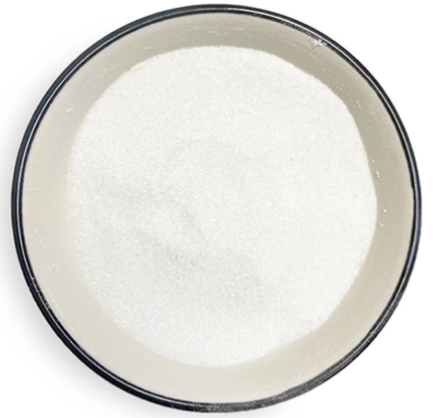
2′-(4-METHYLUMBELLIFERYL)-ALPHA-D-N-ACETYLNEURAMINIC ACID SODIUM SALT CAS:76204-02-9
2′-(4-Methylumbelliferyl)-alpha-D-N-acetylneuraminic acid sodium salt is a chemical compound commonly used in diagnostic and research assays. It is a fluorescently labeled derivative of sialic acid, a type of carbohydrate molecule found on the surface of cells.
This compound is used as a substrate for enzymes called neuraminidases, which act to remove sialic acid residues from glycoproteins and glycolipids. When these enzymes act on the 2′-(4-Methylumbelliferyl)-alpha-D-N-acetylneuraminic acid sodium salt, it releases a fluorescent product known as 4-methylumbelliferone.
The fluorescence generated by the compound can be measured and quantified, providing information on the activity of neuraminidase enzymes. This is particularly useful in the study of various diseases and conditions associated with aberrant sialic acid metabolism.
The compound is also utilized for diagnostic purposes, such as in the detection of viral infections that involve neuraminidase activity. In these assays, the compound is used to identify the presence of specific viral strains or assess the effectiveness of neuraminidase inhibitors in antiviral treatments.
-
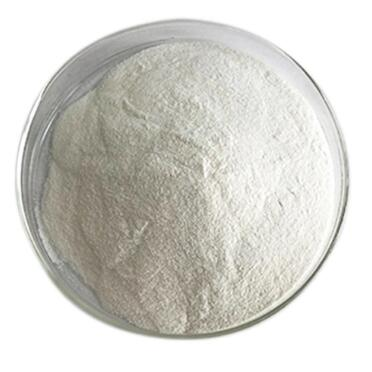
N-(1-Naphthyl)-3-aminopropanesulfonic Acid Sodium Salt CAS:104484-71-1
pH Indicator: The compound exhibits pH-dependent color changes, making it a useful pH indicator in various assays and experiments. It can be employed to monitor pH changes in biological samples, chemical reactions, and other systems.
Fluorescent Probe: N-(1-Naphthyl)-3-aminopropanesulfonic acid sodium salt possesses inherent fluorescence properties, making it suitable for fluorescence-based studies and labeling applications. It can be incorporated into analytical techniques for visualizing and tracking biological molecules or cellular structures.
Enzyme Assays: This compound is often used as a substrate or inhibitor in enzyme assays, especially those involving sulfonate groups or enzyme activity influenced by pH changes. It can help researchers study enzyme kinetics, inhibition mechanisms, and enzyme-substrate interactions.
Buffer Component: N-(1-Naphthyl)-3-aminopropanesulfonic acid sodium salt can be employed as a component of specific buffer systems, particularly those requiring a sulfonic acid group or certain pH ranges. It contributes to maintaining optimal pH conditions in experimental setups.
Chemical Synthesis: Due to its unique chemical structure, N-(1-Naphthyl)-3-aminopropanesulfonic acid sodium salt can serve as a building block or starting material for synthesizing various organic molecules or pharmaceutical compounds.
-
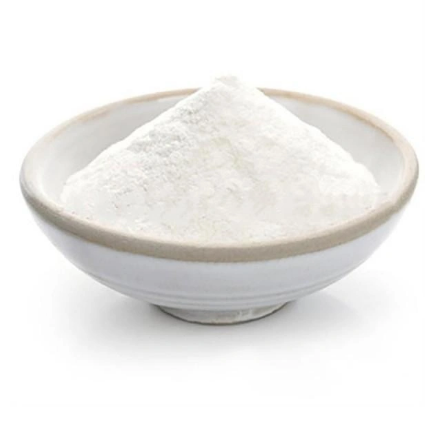
2-DIMETHYLAMINOISOPROPYL CHLORIDE HYDROCHLORIDE CAS:4584-49-0
2-Dimethylaminoisopropyl chloride hydrochloride is a chemical compound with the molecular formula C6H15Cl2N. It is commonly abbreviated as DMAIP HCl. This compound is a hydrochloride salt of 2-dimethylaminoisopropyl chloride.
DMAIP HCl is primarily used as a reagent in organic synthesis, particularly in the synthesis of pharmaceuticals and other organic compounds. It serves as a versatile alkylating agent, contributing to the formation of carbon-carbon and carbon-nitrogen bonds in various reactions.
Due to its electrophilic nature, DMAIP HCl can react with nucleophiles, such as amines and thiols, to form substituted derivatives. This makes it useful for introducing alkyl or alkyl-aryl functional groups into organic molecules.
DMAIP HCl is also used in the production of quaternary ammonium compounds, which find applications as surfactants, disinfectants, and catalysts in various industries.
-
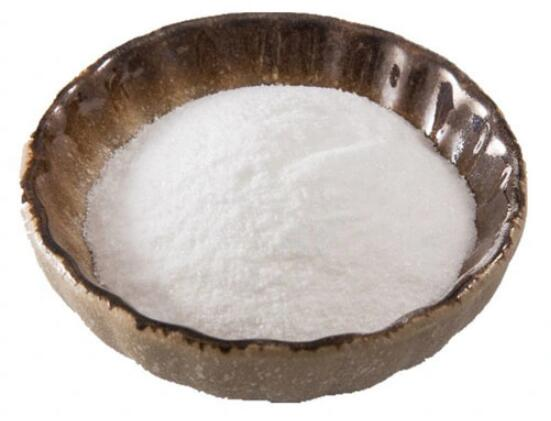
TAPSO CAS:68399-81-5 Manufacturer Price
TAPSO (3-[N-tris(hydroxymethyl)methyl]amino]-2-hydroxypropanesulfonic acid) is a zwitterionic buffer commonly used in biological and biochemical research. It is an efficient buffering agent with a pKa close to physiological pH, making it suitable for maintaining a stable pH in biological experiments. TAPSO is often utilized in protein purification, enzyme assays, cell culture, and electrophoresis applications. Its high water solubility and low interference with biological processes make it a popular choice in the scientific community. TAPSO is known for its minimal effect on enzyme activity and is often used as an alternative to other buffering agents like Tris or phosphate buffers.
-

1Luminol monosodium salt CAS:20666-12-0
3-Aminophthalhydrazide monosodium salt is a chemical compound that is often used as a reagent in various biochemical and analytical applications. It is a derivative of phthalhydrazide, containing an amino group (NH2) instead of one of the hydrogen atoms on the phthalhydrazide molecule.
This compound is commonly used as a reducing agent or a catalyst in organic synthesis reactions. It can participate in a variety of reactions, including the reduction of carbonyl compounds to their corresponding alcohols, and the conversion of nitro compounds to their corresponding amines.
In addition to its role in organic synthesis, 3-Aminophthalhydrazide monosodium salt also has applications in analytical chemistry. For example, it has been used as a reagent for the determination and quantification of various analytes, such as aldehydes and ketones, through colorimetric or spectrophotometric methods.
Furthermore, this compound can be employed as a probe or indicator in biochemical and molecular biology experiments. It can react selectively with certain functional groups or biomolecules, enabling the detection or labeling of specific targets in biological samples.
-
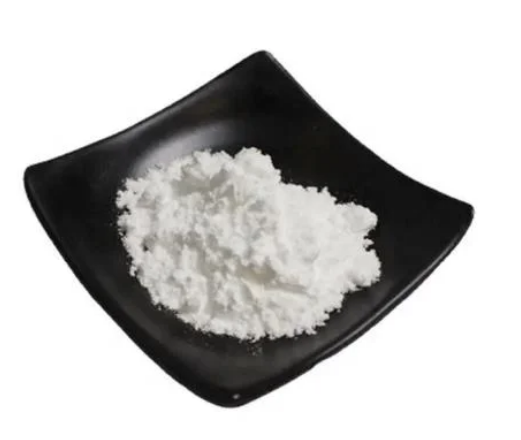
3-(1-pyridinio)-1-propanesulfonate CAS:15471-17-7
3-(1-pyridinio)-1-propanesulfonate (also known as TPPS or TPPS3) is a sulfonated derivative of pyridine. It is a highly water-soluble compound that is commonly used as a fluorescent probe and photosensitizer in various applications, particularly in the field of photodynamic therapy (PDT).
-
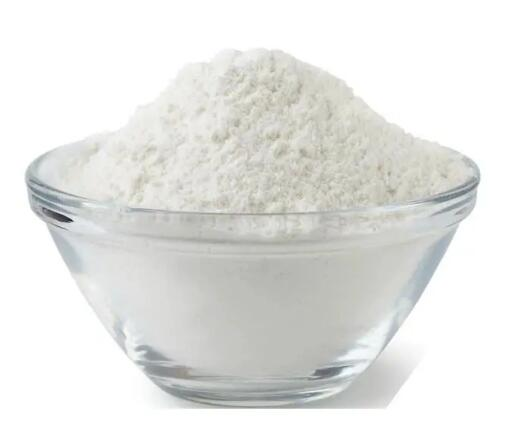
4-Benzylamino-7-nitrobenz-2-oxa-1,3-diazole CAS:18378-20-6
4-Benzylamino-7-nitrobenz-2-oxa-1,3-diazole is a chemical compound with a molecular formula C14H11N5O3. It is a heterocyclic compound that contains a diazole ring fused with a benzene ring. This compound is known for its fluorescent properties and is often used as a fluorescent dye in biological research and imaging applications. The benzylamino group attached to the diazole ring enhances its solubility and stability. The nitro group and the oxa atom (oxygen) in the diazole ring contribute to its unique chemical and physical properties.
-

Imidacloprid CAS:138261-41-3 Manufacturer Supplier
Imidacloprid is a systemic insecticide that acts as an insect neurotoxin and belongs to a class of chemicals called the neonicotinoidswhich act on the central nervous system of insects. Imidacloprid is a systemic, chloro-nicotinyl insecticide with soil, seed and foliar uses for the control of sucking insects including rice hoppers, aphids, thrips, whiteflies, termites, turf insects, soil insects and some beetles. It is most commonly used on rice, cereal, maize, potatoes, vegetables, sugar beets, fruit, cotton, hops and turf, and is especially systemic when used as a seed or soil treatment.

